On this day, “Alien” first made contact with UK audiences, perhaps sending humanity a warning about the potential consequences of a future close encounter.

“PRIORITY ONE. INSURE RETURN OF ORGANISM FOR ANALYSIS. ALL OTHER CONSIDERATIONS SECONDARY. CREW EXPENDABLE.” – SPECIAL ORDER 937
Earlier this year, on May 25th, Alien celebrated its 41st anniversary. The film debuted as the opening night of the fourth Seattle International Film Festival, presented in 70mm at midnight. It received its wide release on June 22, 1979, and it was released later that year — on this day, September 6th — in the United Kingdom.
Made on a budget of approximately $14 million, the $200 million plus box office windfall of Ridley Scott’s genre-bending classic film, Alien, set a new standard for edge-of-your-seat thrills. With its mix of science fiction and horror, the Academy and Saturn Award-winning movie spawned several sequels and prequels, while making Ellen Ripley a household name.
The core conflict of the human-alien encounter spans the history of moviemaking, beginning with movies like The Blob and I Married a Monster from Outer Space, which landed on theater screens in the late fifties.
Of course, the chance of encountering an extraterrestrial with the consistency of Jell-O, or one that wants to use our species to repopulate their planet, seems quite remote in real life. On the other hand, with corporation-owned rockets, the likelihood of colonizing Mars on our lifetime doesn’t seem so far fetched. And the alien encounter of Ridley Scott’s terrifying vision seems frighteningly plausible.
There’s a realism to that human-alien encounter which is both highly believable and nightmare inducing.
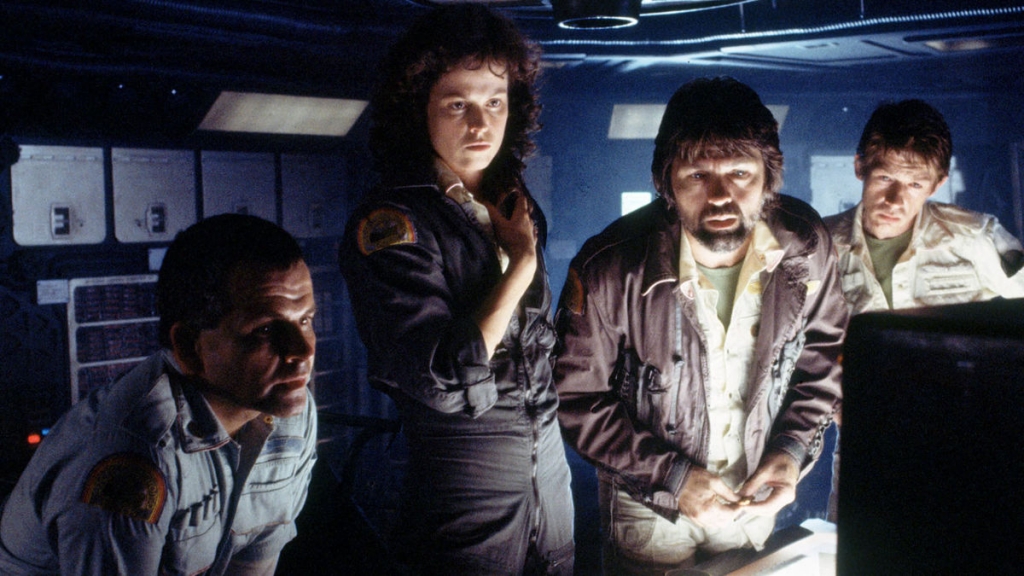
Within minutes from the title sequence, the men and women of the commercial towing ship, USCSS Nostromo, wake from their cryogenic sleep to receive a distress call collected from “MU-TH-UR” — the computer mainframe that protects the ship and crew. Under orders from “The Company,” the Weyland-Yutani Corporation, the crew’s investigation takes them to the planetoid, Acheron.
Three of its members, Captain Dallas, Executive Officer Kane and Navigator Lambert, walk on the surface to discover the source of the transmission. Kane’s subsequent discovery of giant eggs leads to the discovery of a lifeform that resembles a swollen jellyfish in parts. After one of the eggs opens, the first meeting between two different species ends with one of the unwelcome inhabitants attaching itself to Kane’s face.
Despite protests from Warrant Officer Ripley, Science Officer Ash allows the now-infected Kane to enter the space craft.
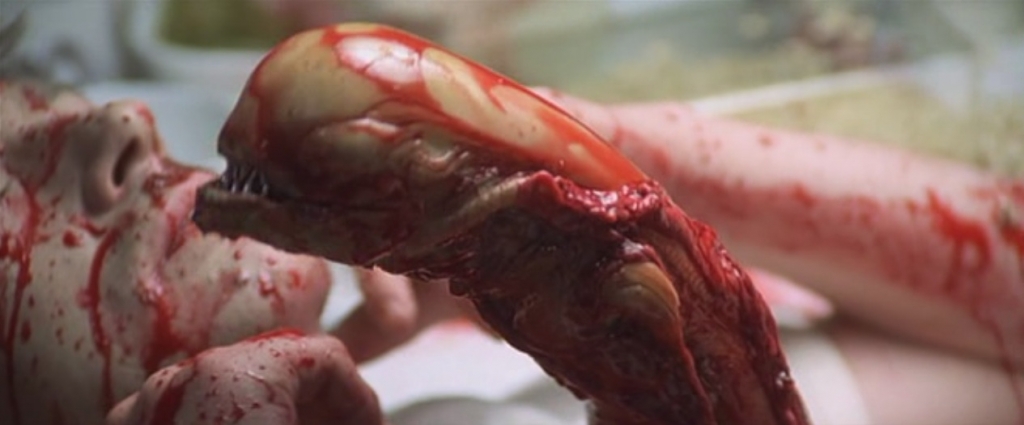
Later, an attempt by Ash to remove the creature causes corrosion in parts of the ship. Then, the alien detaches itself and dies. During a shared meal, the crew finds Kane writhing in pain. In short order, another creature — the effect of an alien impregnation —tears through Kane’s chest, killing him instantly.
The rest of the movie details the crew’s attempts at capturing the unwanted species hiding within the confines of the craft. The audience can see themselves through this motley crew, transferring the crew’s experience to their own in dealing with the alien.
Every successful movie contains at least one conflict that slowly ratchets up the tension until a moment occurs that forces a resolution.
Alien has the benefit of delivering two compelling conflicts that work in tandem to maximize the uneasiness and significantly raise the stakes for the characters.
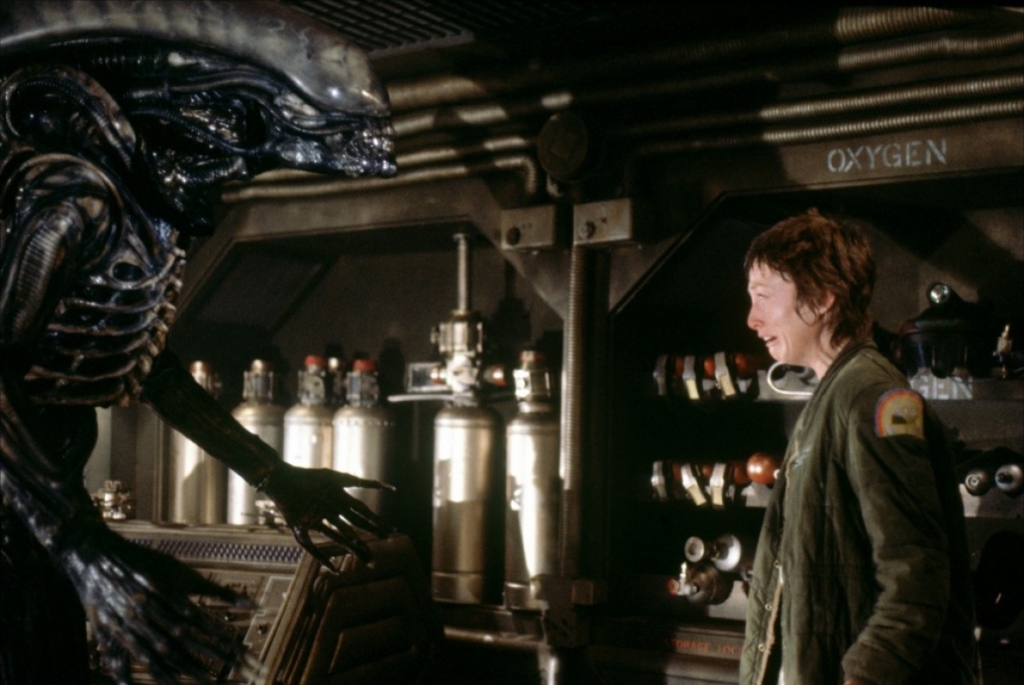
Besides the Nostromo crew’s life-and-death fight against the deadly Xenomorph, the faceless Weyland-Yutani Corporation subverts the role of the crew, forcing them to involuntarily do the bidding of “The Company.”
With Science Officer Ash acting as the mouthpiece for the Weyland-Yutani Corporation, this emerging secondary conflict between the crew and the employer, although more subtle, carries the same bite as the otherworldly threat. From all sides, they are surrounded by enemy forces that will stop at nothing to survive and flourish — unapologetically sacrificing anyone and everyone to achieve that solitary goal.
A crew that’s ill-equipped and lacking technical expertise for alien contact, the ability of Captain Dallas to defer all decisions regarding retrieval of an alien to Science Officer Ash, the risk of bringing in an infected crew member on the Nostromo, and Special Order 937 are all obstacles which work against the crew and in favor of the alien lifeform.
The human-alien encounter takes a nasty turn, as the alien species, driven by instinct for food and reproduction, picks the crew off one by one — until Ripley becomes the last one standing.
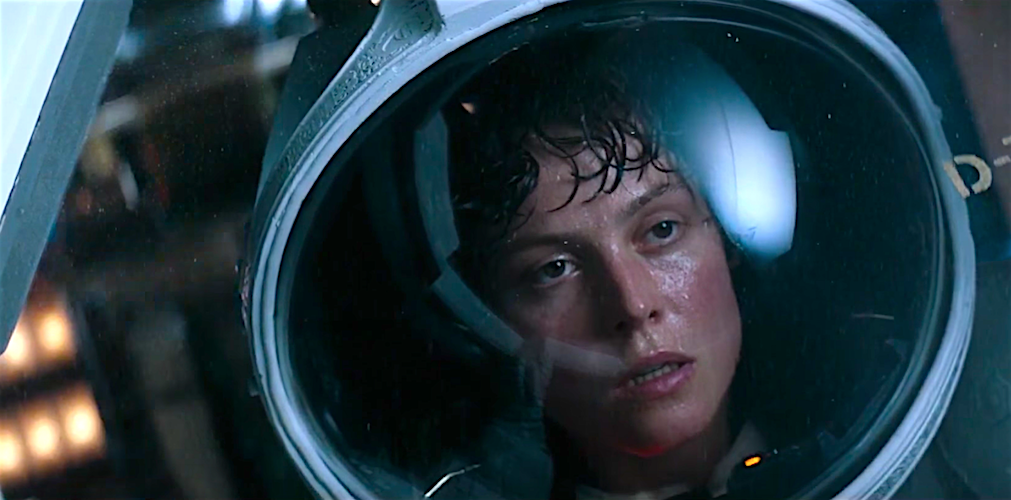
Perhaps the greatest takeaway from this movie is this:
In the year 2020, when humanity has yet to make initial contact with another species, we should take heed. In all likelihood, our first encounter will not have the soothing properties of a Tribble or the friendly temperament of an E.T. If history has taught us anything, explorers do not often seek out new lands for purely altruistic or even academic reasons. We come, we see, we conquer.
If our eventual alien encounter bares even a passing resemblance to Alien, it’s quite possible it won’t be humans doing the conquering this time.


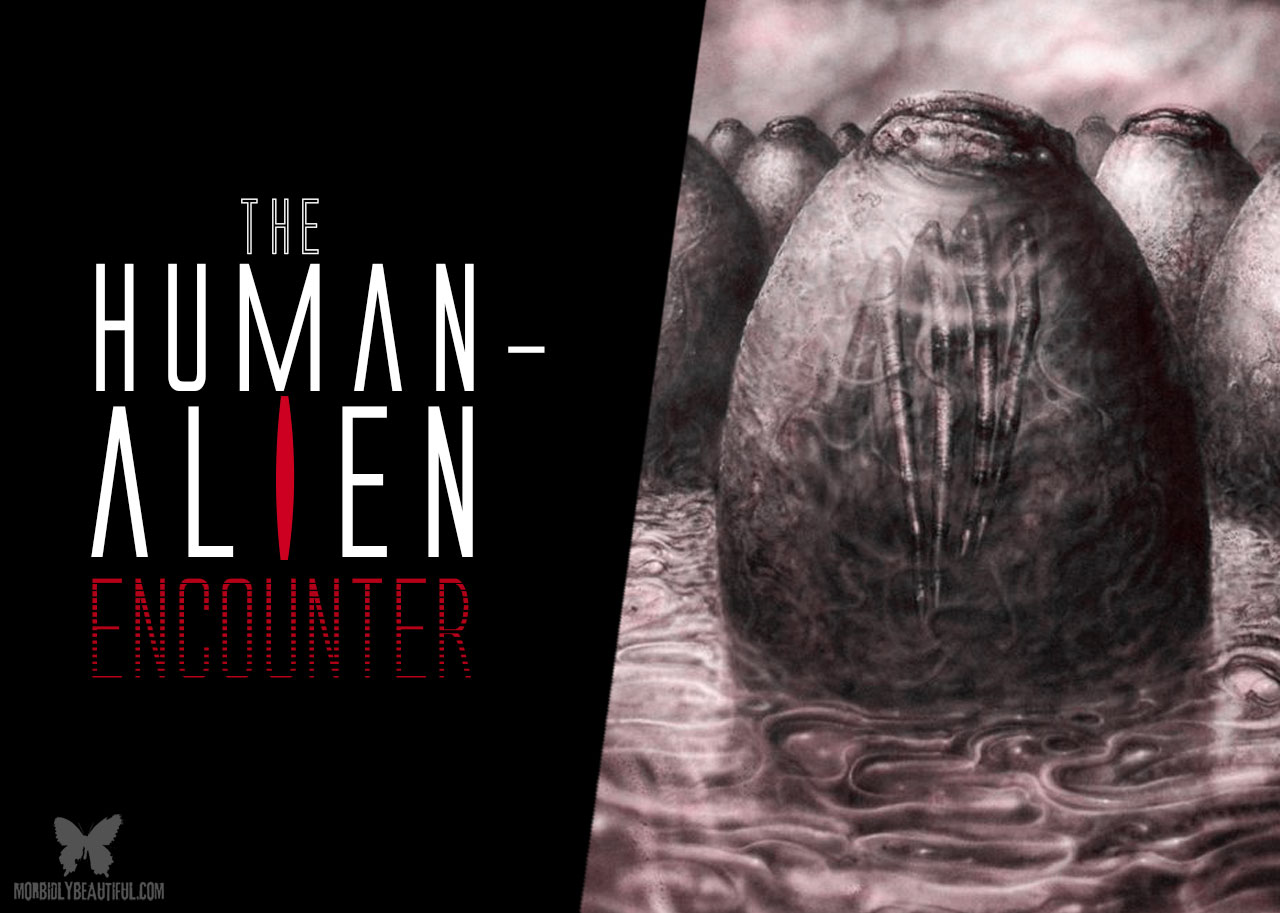
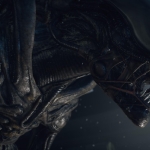

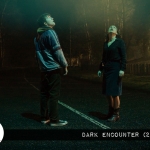









Follow Us!